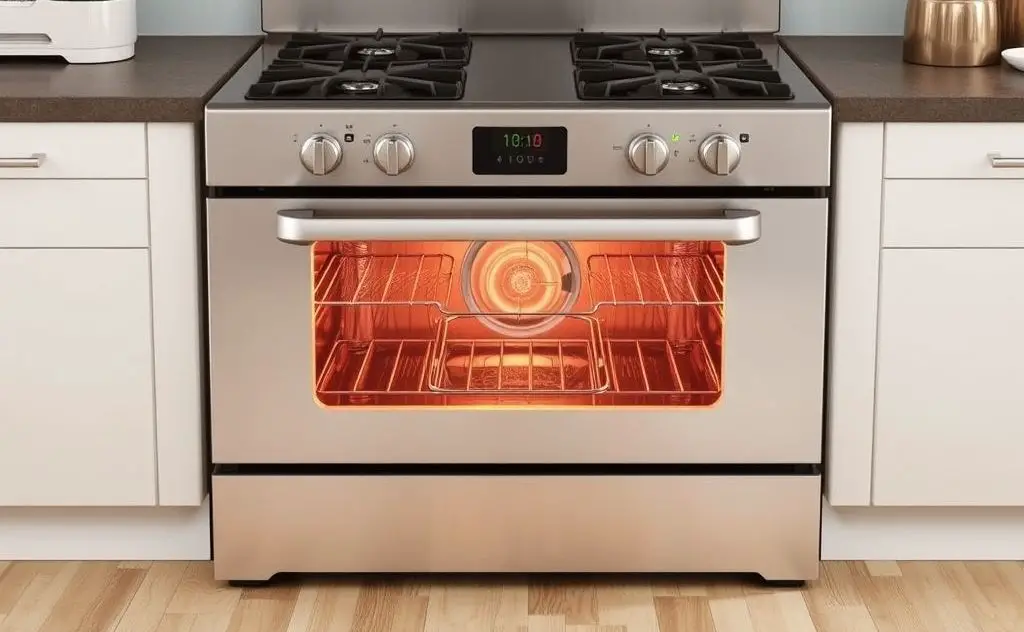Convection stoves are energy efficient as they circulate hot air, cooking food evenly and reducing cooking times, thus saving energy compared to conventional stoves.
Convection stoves have become a popular choice for both home cooks and commercial kitchens. But are they truly energy efficient? The short answer is yes—convection stoves cook faster and use less energy than traditional ovens. This guide explores why they outperform conventional models, how they save money, and what to look for when buying one.

How Convection Stoves Work
Unlike conventional ovens that rely on radiant heat, convection stoves use a fan to circulate hot air evenly around food. This results in faster cooking times and better heat distribution. The forced air reduces cold spots, meaning you can cook at lower temperatures while still achieving perfect results.
Key Benefits of Convection Cooking
- Faster Cooking: Reduces cooking time by 25-30%.
- Lower Temperatures: Can cook at 25°F lower than conventional ovens.
- Even Heating: Eliminates hot and cold zones for consistent results.

Energy Efficiency of Convection Stoves
According to ENERGY STAR, certified convection ovens are about 27% more efficient than standard models. Here’s how they compare:
| Type | Annual Savings | Lifetime Savings |
|---|---|---|
| Electric Convection Oven | 1,200 kWh | $1,300 |
| Gas Convection Oven | 18 MMBTU | $2,000 |
Why Are They More Efficient?
- Reduced Preheat Time: Heats up faster than conventional ovens.
- Lower Idle Energy Use: Maintains temperature more efficiently.
- Faster Cooking: Less time running means less energy consumed.
Convection vs. Induction: Which Is More Efficient?
While convection stoves are highly efficient, induction cooktops take energy savings further. Induction is about 85% efficient compared to gas (32%) and electric (75-80%). However, convection ovens still outperform traditional radiant electric and gas models.
Key Differences
- Induction: Best for stovetop cooking, fastest boiling.
- Convection: Best for baking, roasting, and even cooking.
Best Uses for Convection Stoves
Convection excels in specific cooking scenarios:
1. Baking & Roasting
Perfect for crispy crusts on bread and evenly roasted meats.
2. Multi-Rack Cooking
Great for batch cooking with consistent results across racks.
3. Dehydrating & Low-Temp Cooking
Maintains steady temperatures for delicate dishes.
Choosing an Energy-Efficient Convection Stove
Look for these features to maximize efficiency:
1. ENERGY STAR Certification
Ensures the oven meets strict efficiency standards.
2. Size & Capacity
Match the oven size to your needs—smaller ovens heat faster.
3. Smart Controls
Programmable settings reduce unnecessary energy use.
For those considering other efficient heating options, check out our guide on the best indoor propane space heaters.
Final Thoughts
Convection stoves are a smart choice for energy-conscious cooks. They reduce cooking time, lower energy bills, and deliver superior results. Whether you’re upgrading a home kitchen or outfitting a commercial space, an ENERGY STAR-certified convection oven is a worthwhile investment.
